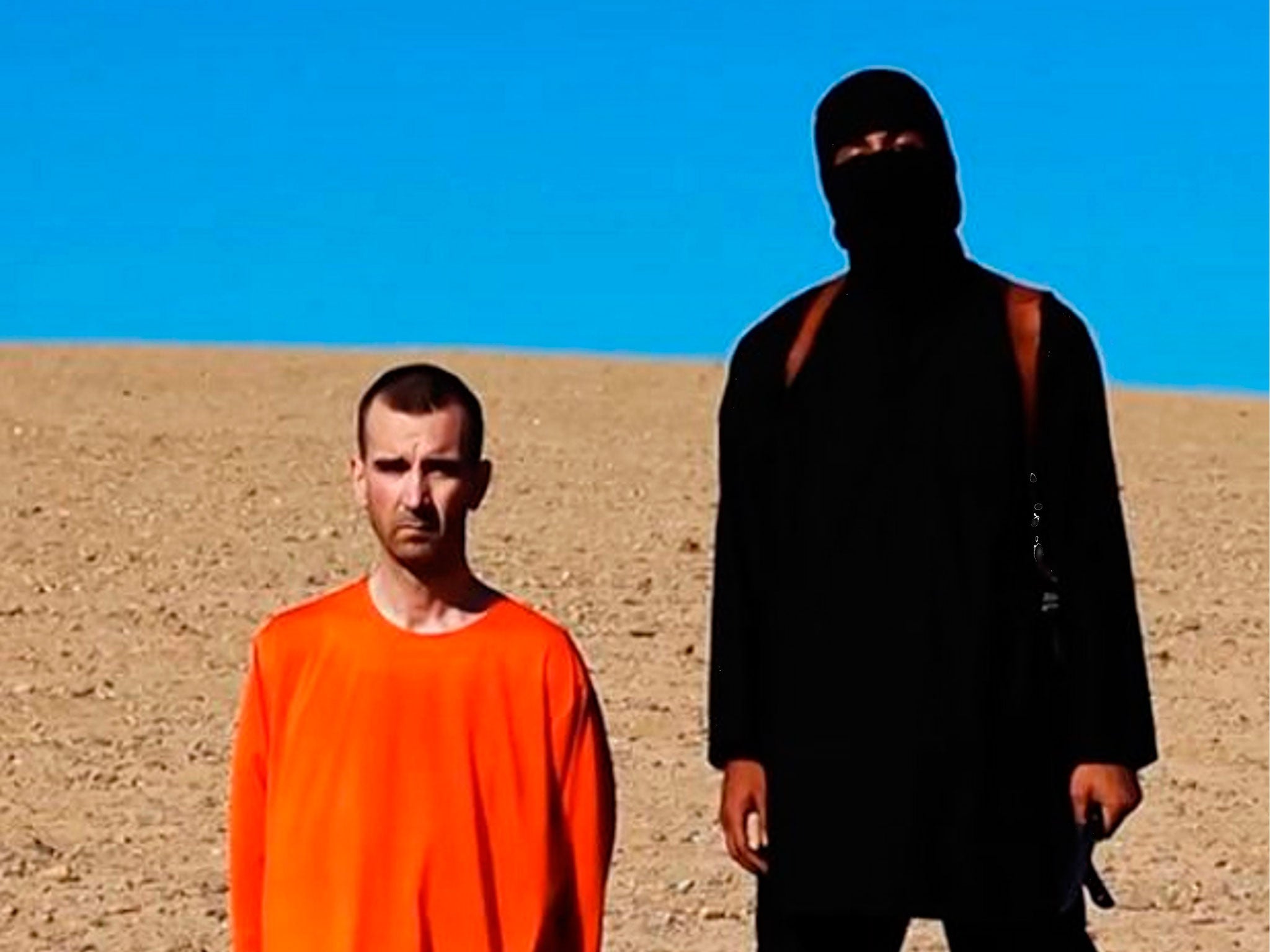Jihadi John': MI5 may have identified Isis militant who killed David Haines but options limited
Any operation to arrest militants would risk deaths of more hostages

Security services have reportedly identified the British Islamic State militant known as “jihadi John” but are unable to capture him without risking hostages’ lives.
The man, nicknamed as part of a group of four British jihadists known as The Beatles, is believed to be the murderer of aid worker David Haines and American journalists Steven Sotloff and James Foley.
All three were beheaded in gory footage released by Isis online and the life of a second British hostage, Alan Henning, was threatened in Saturday’s video of Mr Haines.
The Home Office would not comment on whether the murderer has been identified and it is understood that, for security reasons, the knowledge would not be made public if it did exist.
He is one of up to 500 British fighters believed to be fighting with Isis in Syria and Iraq and the Government has launched a crackdown to stop anyone else attempting to join them.
He told CNN that voice-recognition and intelligence was being used to track him down.
Numerous reports have followed in several outlets that the identities of “jihadi John” and his associates are known to authorities but they cannot act without endangering the lives of Mr Henning and other hostages.
In the latest report, the Times said security agencies were monitoring communications and using satellite surveillance to track militants travelling around the Isis stronghold of Raqqa in Syria.
Footage of the three murders is also being scrutinised for clues, although the kidnappers appear to have been careful to choose a desert location with few distinguishing features.
A US mission to rescue James Foley and other hostages in Syria weeks before his beheading in July failed when Delta Force commandos attacked an Isis-held oil refinery.
Intelligence suggested the hostages were held there in the weeks leading up to the operation but they had already been moved.
Another British hostage, Ken Bigley, was beheaded by Islamic extremists in Iraq in 2004 after rescue attempts by MI6 operatives and the SAS failed.
To free Mr Henning, Isis has demanded a huge ransom, the release of imprisoned extremists and allies and a stop to military operations against their group.
The payment of ransoms has become a bone of contention among Western Governments as Britain and the US maintain the policy of non-negotiation with abductors, refusing to hand over money they say will encourage more hostage taking and directly fund terrorism.
The G8 countries agreed not to pay ransoms to kidnappers at a summit in June last year but some governments, including France and Spain, appear to be giving into demands and using proxy organisations to divert cash.
David Cameron showed little sign of giving in to Isis in a speech following Mr Haines’ murder on Sunday.
“We will hunt down those responsible and bring them to justice, no matter how long it takes,” he said.
“There is no option of keeping our heads down that would make us safe.”
Join our commenting forum
Join thought-provoking conversations, follow other Independent readers and see their replies
Comments